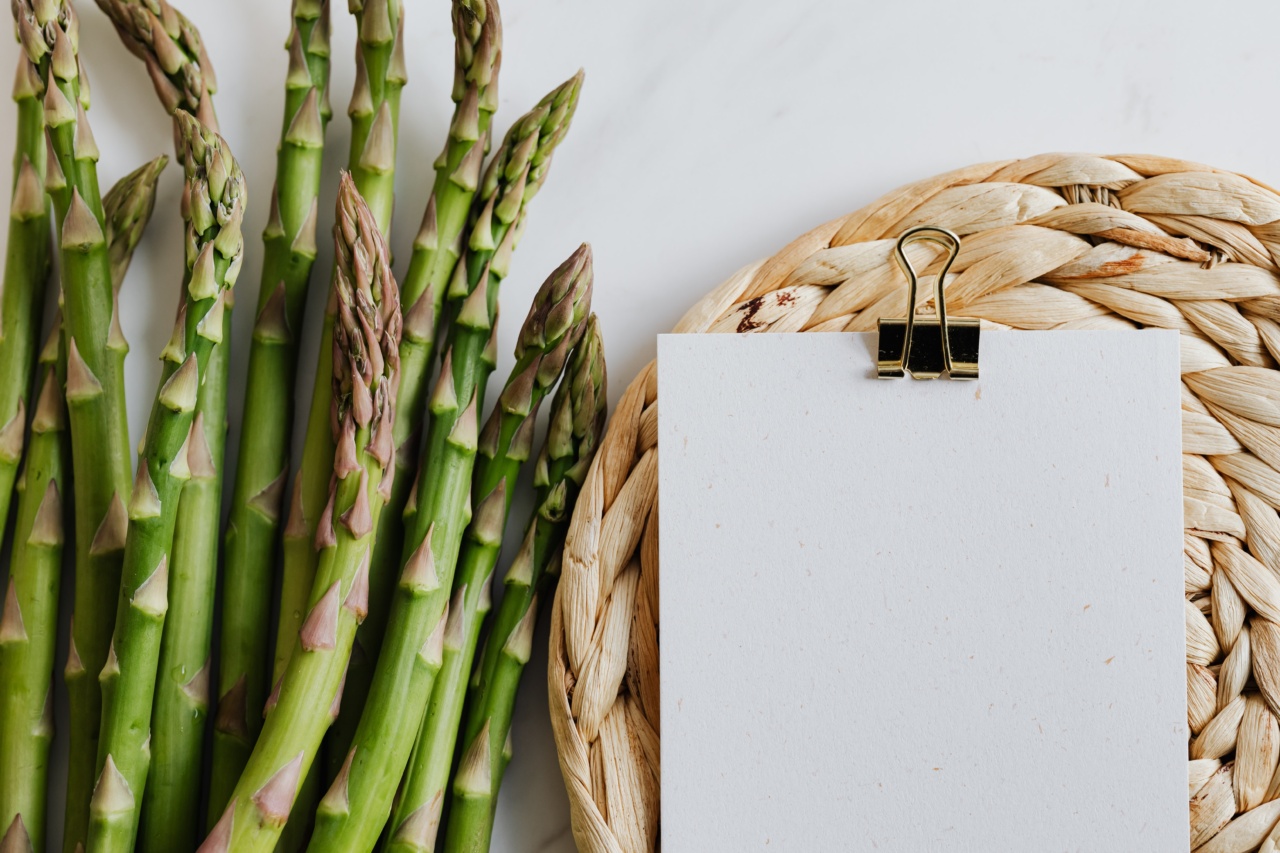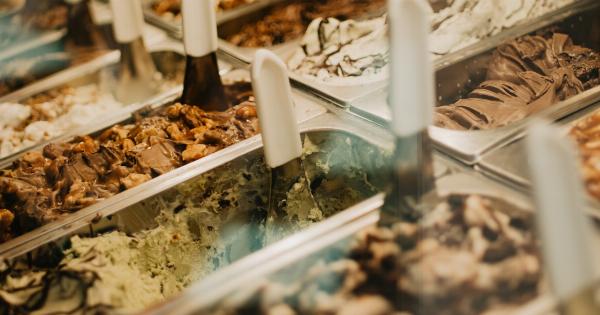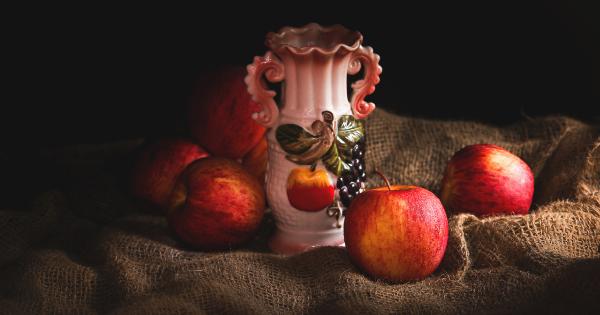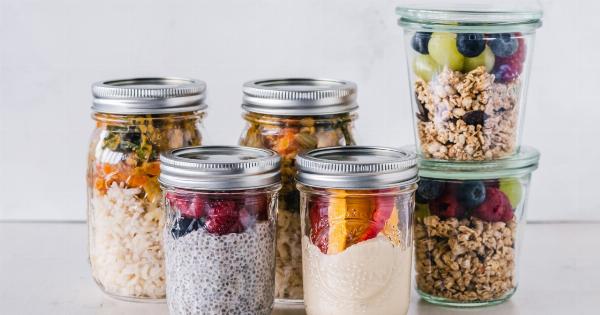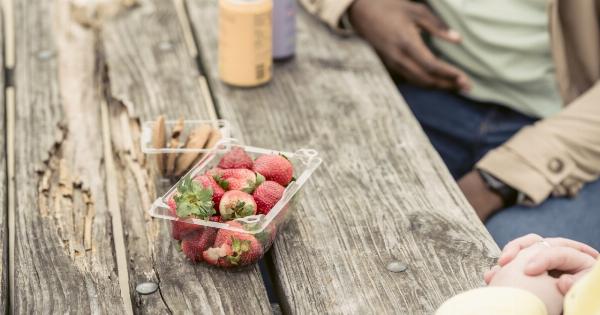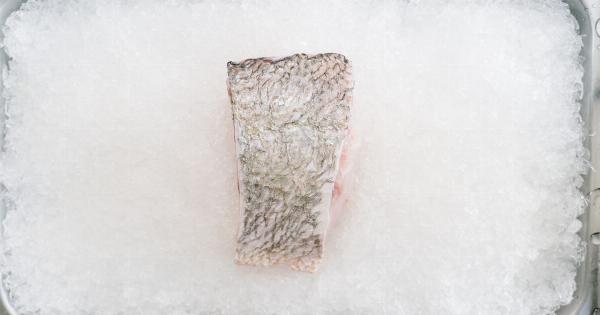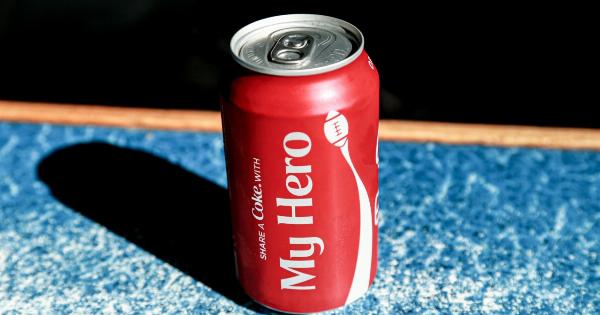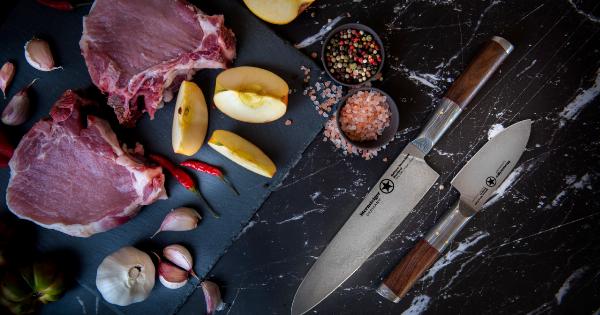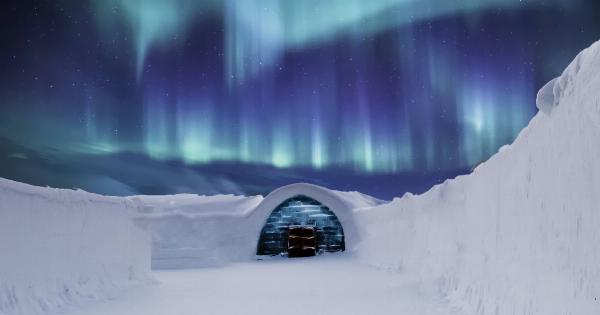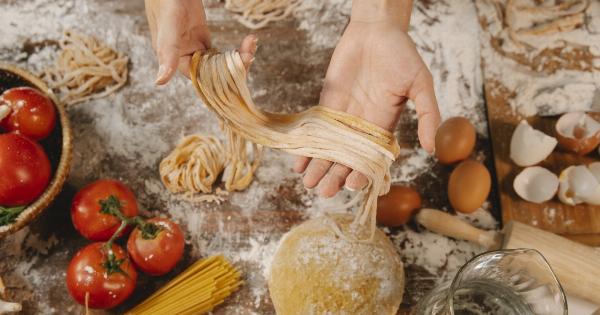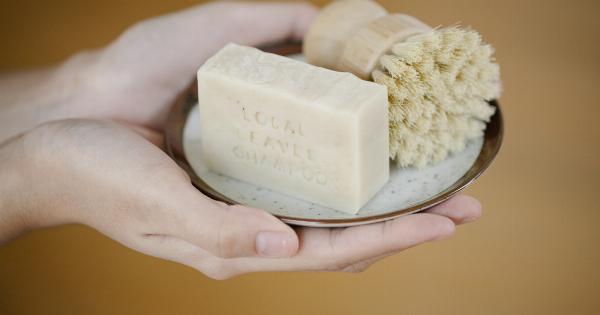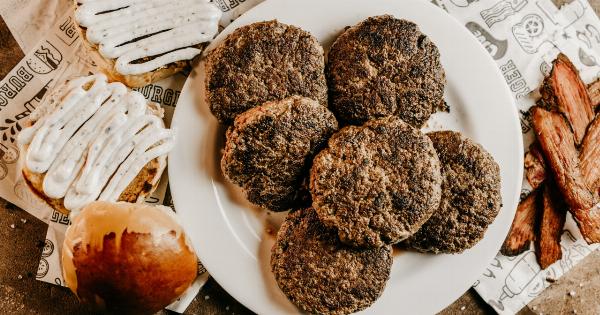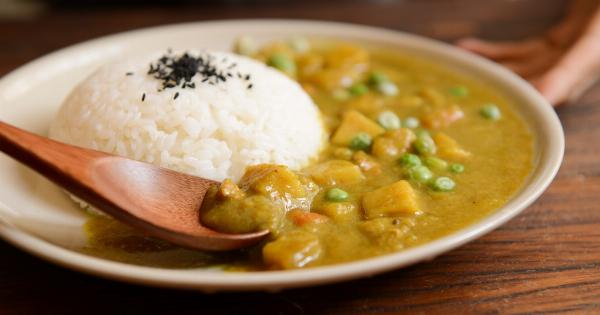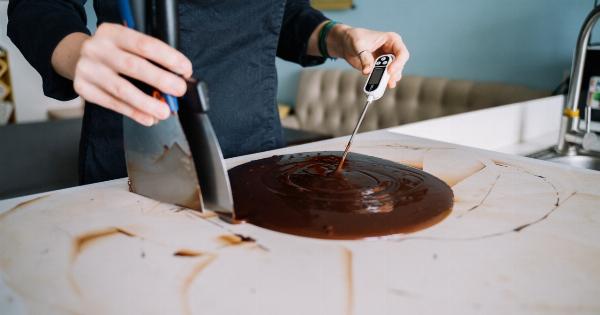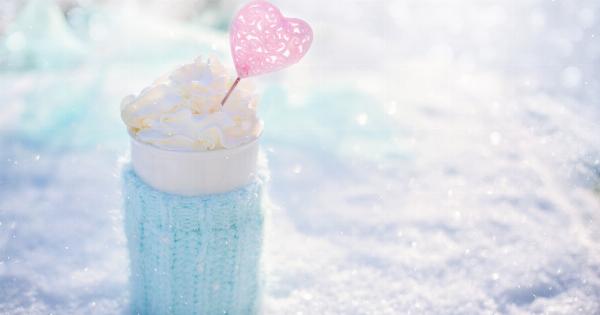While freezers are excellent appliances for preserving and storing food, not all types of food fare well in freezing conditions. Improper storage or freezing of certain foods can result in a significant loss of taste, texture, and nutritional value.
In some cases, it may even pose health risks. To help you maximize the efficiency of your freezer and maintain the quality of your food, here’s a comprehensive list of foods to avoid freezing:.
1. Dairy Products
Dairy products, such as milk, cream, yogurt, and sour cream, don’t freeze well due to their high water content. Freezing can cause the separation of ingredients, resulting in a grainy or watery texture upon thawing.
Additionally, the texture of cheeses can be affected, making them crumbly or rubbery.
2. Fried Foods
Fried foods, like french fries, onion rings, and breaded items, tend to lose their crispiness and become soggy when frozen. Freezing can cause the oil to penetrate the breading, resulting in a less appetizing texture.
It’s best to enjoy fried foods fresh to retain their desired crunch.
3. Cooked Pasta and Rice
When frozen, cooked pasta and rice can become mushy and lose their appealing texture. The grains tend to break apart or absorb excess moisture, resulting in clumpy or sticky pasta and rice dishes after thawing.
It’s better to cook these starches fresh or store them in the refrigerator for a short period.
4. Watery Fruits and Vegetables
Fruits and vegetables with high water content, such as watermelon, cucumber, lettuce, and radishes, become limp and mushy when frozen.
The freezing process causes ice crystals to form, damaging the cell walls and leading to a loss of crispness and texture. These items are best enjoyed fresh or stored in the refrigerator for a shorter time.
5. Mayonnaise and Salad Dressings
Mayonnaise and many salad dressings can separate and become watery and unpleasant after freezing. The emulsion formed by the combination of oil and other ingredients breaks down, resulting in a clumpy and unappetizing appearance.
It’s recommended to add these condiments after thawing frozen dishes.
6. Eggs in Shells
Whole eggs should not be frozen in their shells as the liquid expands during freezing, causing the shells to crack. Additionally, frozen eggs become gelatinous and lose their desired texture when thawed.
If you need to store eggs for a longer duration, it’s best to crack them into a container and freeze them.
7. Cream-Based Soups and Sauces
Cream-based soups and sauces, such as chowders and Alfredo sauce, tend to separate and curdle when frozen. The emulsification of fats and liquids breaks down, resulting in an unappetizing appearance and texture.
It’s recommended to prepare these dishes fresh or consume them within a short period after refrigeration.
8. Fresh Herbs
Freezing fresh herbs, like basil, mint, or cilantro, can cause them to lose their vibrant flavors and textures.
The delicate structure and high water content of herbs make them susceptible to damage from freezing, resulting in a wilted and less fragrant product. Instead, consider preserving herbs in oil, butter, or making herb-infused ice cubes.
9. Delicate Seafood
Delicate seafood, such as raw oysters, lobster, and some types of fish (e.g., sole or flounder), tend to lose their delicate flavors and become rubbery when frozen. The freezing process alters the cell structure, compromising their texture and taste.
It’s ideal to consume these seafood items fresh for a better culinary experience.
10. Crisp Vegetables
Crispy vegetables like cucumbers, bell peppers, and snap peas tend to lose their crunchiness and become soft and limp after freezing.
The formation of ice crystals during freezing causes damage to the cell structure, resulting in a loss of texture and taste. It’s best to enjoy these vegetables fresh or consider blanching before freezing to help retain their crispness.
Conclusion
Understanding the foods that do not fare well in freezing conditions is crucial to maintaining optimal quality and taste when using a freezer for storage.
By avoiding freezing certain food items like dairy products, fried foods, cooked pasta, watery fruits and vegetables, mayonnaise, eggs in shells, cream-based soups, fresh herbs, delicate seafood, and crisp vegetables, you can ensure that your meals are always prepared with excellent quality ingredients. Remember to follow proper storage guidelines, utilize suitable packaging, and label frozen items with dates to maximize both your freezer’s efficiency and the deliciousness of your meals.
